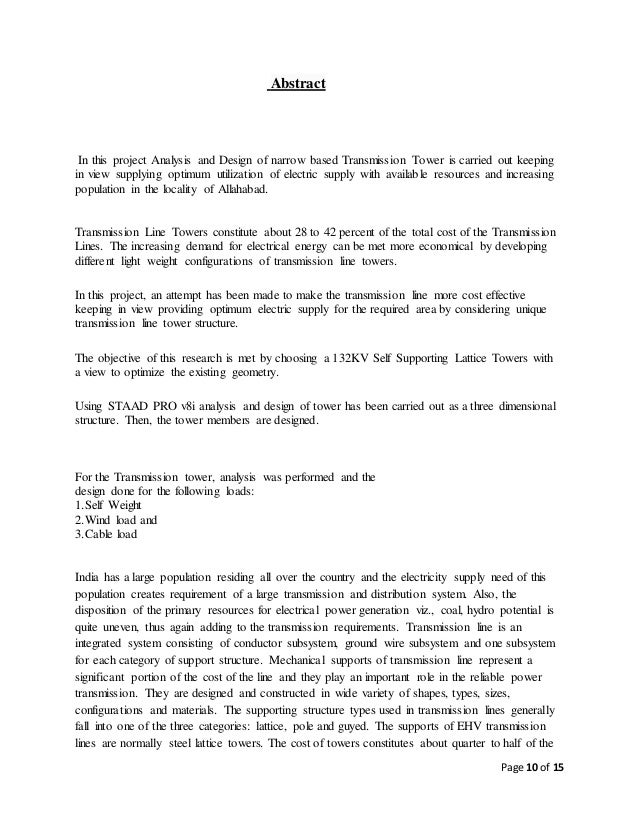Transmission Tower Design Software


Foundations may be variously subjected to compressive or bearing forces, uplift and shear forces, either singly or as a result of any combination of two or three of the forces. Usually, the limiting design load with transmission line foundations is the uplift load. Sunrise Powerlink Steel Cap Micropile Foundation (Patent Pending) In this respect, there is a major difference between the design of foundations for compared to the design of foundations for most normal civil engineering structures. Accordingly, the amount of literature describing design techniques for overhead line foundations is relatively small compared to the literature available for more traditional civil engineering foundation design practice. The selected foundation design for a particular tower must provide an economical, reliable support for the life of the line. Roy Orbison Penny Arcade. The foundation must be compatible with the soil and must not lose strength with age. With the progressive increase in transmission system voltages there has been a related increase in foundation sizes and it is worth noting that with a typical quad conductor 500 kV line, single leg uplift and ultimate compression loads of 70 or 80 tonnes are usual for suspension towers.
Design of Overhead Transmission Line Foundation. Design of Overhead Transmission Line. The selected foundation design for a particular tower must provide an. Design of Overhead Transmission Line Foundation. The selected foundation design for a particular tower must provide an economical. Software & guides.
With tension towers, ultimate loads of 200 or 300 tonnes are often developed. In ground of poor load-bearing capacity the dimensions of foundations become considerable. In the past, it was often acceptable to ‘over-design’ foundations to allow for uncertainties in the soil characteristics. With the large sizes of foundations for it is obvious that significant economies can be made in producing foundation designs to exactly match the soil conditions. Increasingly, transmission lines are routed through areas of poor ground conditions, often for reasons of amenity. This results in the need for the use of special, generally larger, foundations. The logistical problems of installing large foundations, often in difficult ground conditions, must be taken into account when considering foundation design.
Types of ground Micropile Foundation for Transmission Line The ground in which the foundations are installed can vary from igneous, sedimentary or metamorphic rock, noncohesive soils, sand or gravel to cohesive soil, usually clays. Equally, soils with a high organic content, for example peat, can also prevail. Composite soils will also be found, and examples of these are sandy gravels and silty sand or sandy peat. Fundamental to the proper design of foundations is an accurate series of soil tests to determine the range of soil types for which the foundation designs will be required. It is good practice to carry out soil tests at a rate of 1 in 5 tower sites. This is generally sufficient to enable an accurate forecast of the range of soil types to be established.



